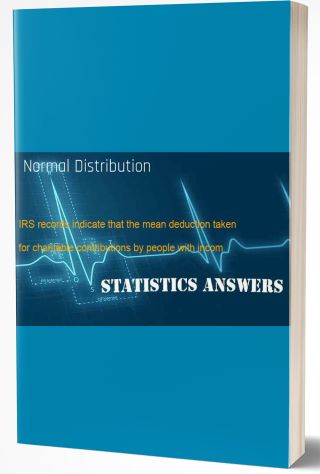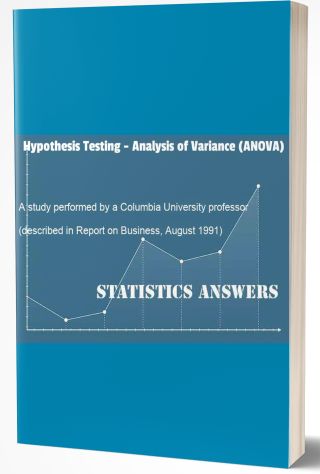Solution) Data was collected to look at the distribution of osteocalcin (OC), a biomarker for bone formation
Question: Data was collected to look at the distribution of osteocalcin (OC), a biomarker for bone formation, in a sample of 30 healthy women aged 11 to 32 years. This biomarker is relatively inexpensive to measure, requiring only a single sample of blood. Measuring bone formation (VO+), on the other hand, is very expensive. Oral and intravenous administration of stable isotopes of calcium are needed, 25 blood samples over a period of two weeks need to be drawn, and the collection of all urine and fecal sample for two weeks is required. If a biomarker can reliably predict bone formation, then we could avoid the cost of the expensive VO+ measures. Studies designed to assess the effects of intervention intended to increase bone formation could include many more subjects if only the biomarker measurement is needed. The measured values of VO+ and OC for the 30 women in this study are given in bone_2008.xls.
a. Make a scatterplot of VO+ (y) and OC (x) and describe the scatterplot.
b. Compute the correlation between the two variables. What does this value mean?
c. Fit a least squares linear regression line to the data.
i. State the estimated regression line.
ii. What is the percent of variation of VO+ that is explained by OC?
d. Is OC statistically significant predicting VO+? That is, is OC an appropriate biomarker for VO+? State hypotheses, test statistic (both t and F), p-value and conclusion.
e. For an OC measurement of 20, what is the predicted VO+ value?
i. What is the 95% confidence interval for the mean VO+ value for an OC measurement of 20?
ii. If a future female patient had an OC measurement of 20, what would you predict, with 95% confidence, her VO+ measurement to be?
f. Make a residual plot. Looking at the residual plot, does there seem to be any major problems with the regression line? Does the constant variance assumption seem reasonable?
g. Check the normality assumption by performing a test of normality. State the p-value for the test and whether the assumption is reasonable.
h. If either of these assumptions (from f and g above) is not valid, what should you do to fix it?
Deliverables: Word Document



![[Solved] Sometimes, it takes multiple statistical tests to figure out what you want to know. The SPSS data fi #19557 Confidence Intervals](/images/downloads-images/featured/Statistics-question-6884.jpg)
![[Solved] For many years TV executives use the guideline that 30 percent of the audience was watching each of #7016 Hypothesis Testing](/images/downloads-images/featured/Statistics-question-1739.jpg)


